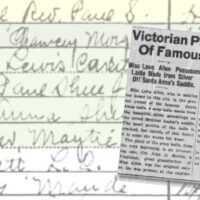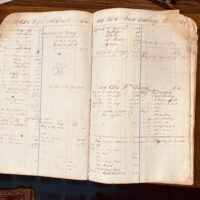This is the story of a house. On June 13, 1907, all the way back on Page 8 of the Hopkinsville Kentuckian newspaper ran the blurb, “The handsome new homes of Messrs. Lucien H. Davis and Monroe Dalton, on East Seventh Street, are going up rapidly.”
The Davis and Dalton homes were the continuation of an ongoing building spurt on that stretch of East Seventh, a “street of elegant homes.” The north side had been recently filled with a number of large, modern homes, mostly brick, and all similar in design. Now modernity had jumped the street and was changing the landscape of its south side.
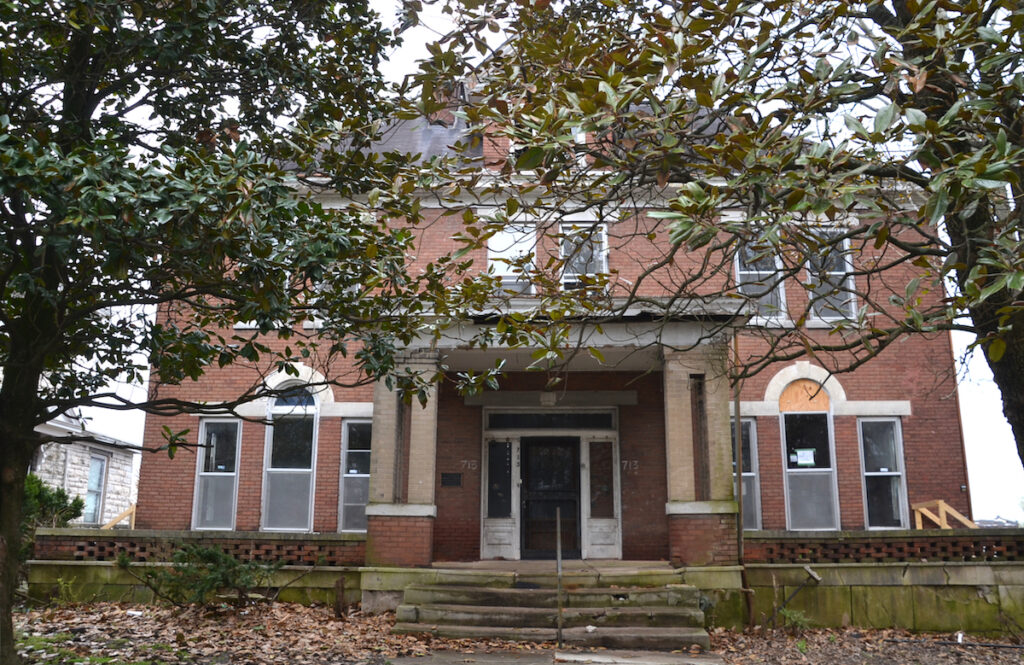
The ties that bind
Davis and Monroe Dalton were often mentioned in the same breath. Before becoming neighbors, they were already twice connected by business and family ties.
The Dalton Bros. Brick Company was the largest brick manufacturer in Hopkinsville at the turn of the 20th century. Brothers George and Monroe Dalton were its head proprietors, joined at different points in time by others of the Dalton family’s plentiful male members. Lucien Davis, a stone contractor, also worked in Hopkinsville’s booming building industry and had married Nora Dalton, Monroe’s sister. Monroe, in turn, wed Nora’s best friend, Carrie Wiley. Both families had two children. In 1907, Latham Davis was 11, Margaret Dalton, 12, Elizabeth Davis, 8, and Sarah Dalton, 3.
And in 1907, the two families’ homes went up, side by side. It’s hard not to see the houses as emblematic of their owners, with the Davis’ faced entirely in dressed stone and the Daltons’ a massive pile of red brick masonry. It’s easy to imagine the excited chit chat and planning for the future that must have gone on between the families as they built and finished their sister houses.
The Davis house boasted super-high ceilings and an entry hall that conjures images of ultra grand 1890s hotels. The Dalton house had built-in modern conveniences, like a garage in the basement. They even constructed a conjoined patio. Straddling the lot line, this is a lasting reminder of the bond that connected the Davis and Dalton households. It’s an appealing story of friendship and promise, but it’s just one story.

‘A haggard handsomeness’
The first time I noticed the Monroe Dalton house, it looked neither modern nor elegant, though it still possessed a haggard handsomeness in its disrepair.
On the morning of Jan. 3, the Dalton house came on the real estate market. My husband Brendan and I had been seriously looking for an old house for some time. The older, the better. We wanted it to be a good wreck.
I’ve noticed this same kind of insanity frequently in historic homeowners. Brendan and I come by it honestly. We both worked in historic preservation in the Carolinas, then in Middle Tennessee. We moved to Hopkinsville in 2020 from Nashville, weary of the constant traffic and priced out of ever buying a house in the metro area.
As it seems to be for many people in Hopkinsville, the Davis house became a landmark for me soon after moving here. It commands attention. But, strangely, I had never noticed the house next to it until we pulled up to look at buying it.
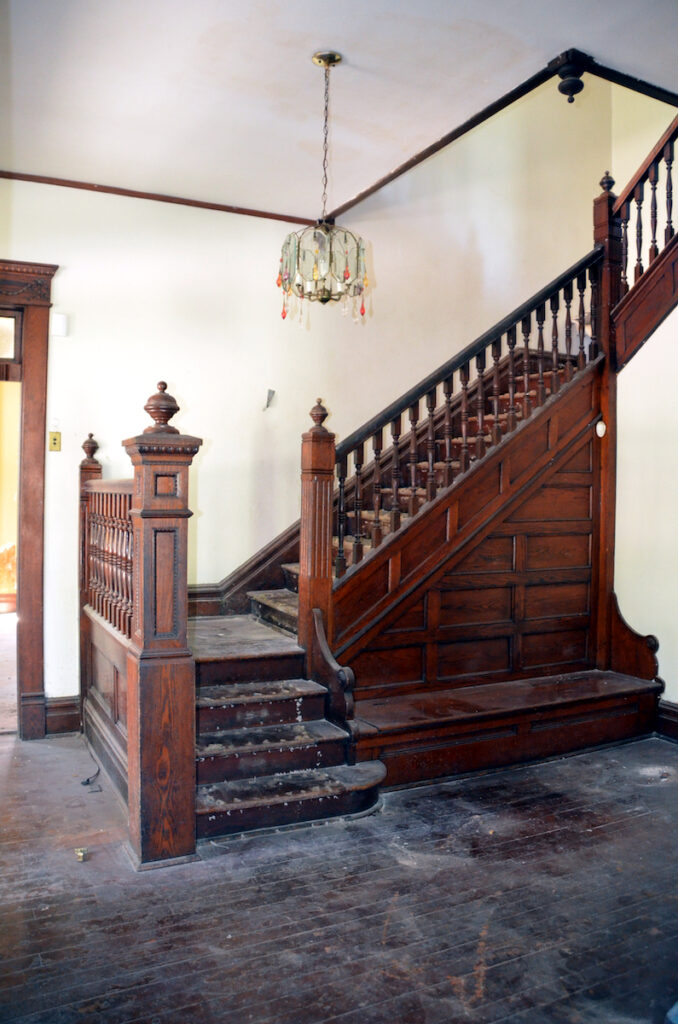
This is probably partially because two large magnolia trees screen the Dalton house from the road. But I think the house also exists in the shadow of the flashier Davis residence. Historical photographs and postcards of the Davis house are plentiful, but they all seem to crop out the Dalton house.
When we first stepped inside, the Dalton house felt cold and wet but was surprisingly sunny and bright. There was no power, and it had been empty for a long time. The listing agent was perched on the staircase when we arrived. She had bought the biggest tarp I’ve ever seen and strategically draped it over the stairs to keep them dry. The roof above leaked badly, and a large piece of sheetrock had recently fallen, smashing to bits across the entry hall floor.
The 2022 New Years’ Day tornado socked both the Dalton and Davis homes before veering to the right and completely destroying the 19th century brick Italianate house at the top of the hill. Flying debris punched a hole in the south side of the Dalton house’s roof and obliterated the chimney. Because the house was empty at the time, it sat untouched, damaged and with water pouring in, until the bank took it over about four months later.
While we went through the house, the next potential buyer sat in their car, waiting their turn and contributing strongly to a sense of urgency on our part. We put in an offer that afternoon. It was a long road to closing.
When we finally signed the deed at the end of March, we went straight from the closing attorney’s office to the Dalton house. We ate Boston cream donuts and Ferrell’s and split a bottle of champagne while pulling staples out of the dining room floor.
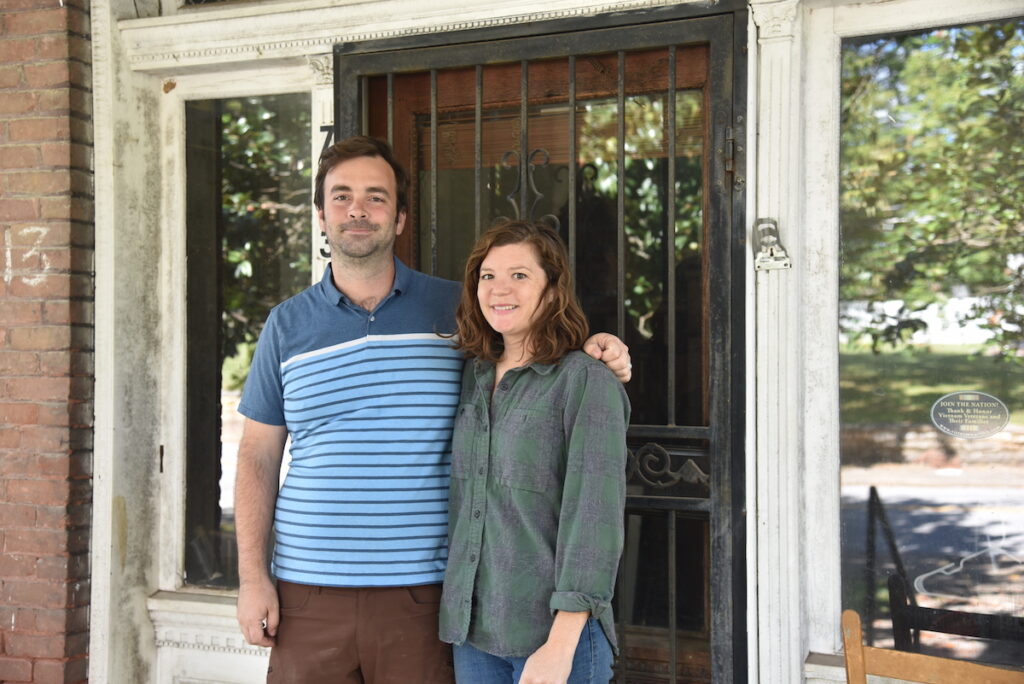
Changing times
In 1918, Lucien Davis unexpectedly died at home after suffering an asthmatic fit. He was just 48 years old. His widow Nora sold the Davis house soon after, moving in with her son Latham on South Virginia Street. By 1920, a household of four single women and numerous male boarders occupied the Davis house. The Monroe Dalton family still lived here, but the relationship between the two houses must have been much different. In 1923, the Daltons sold this house to First Methodist Church, and it became the manse for many years before passing through several other owners’ hands.
That’s the story of the Dalton house. Or is it? Maybe it’s just a summary that barely scratches the surface of a much bigger story.
We cobble together history from snapshots in time, often taken from singular sources. It often seems like the best we can do, since written records are our most plentiful and accessible historical resources. But there is so much more here to know, and this is where old buildings can help.
They have their own stories to tell, if we know how to understand them. Unlike written sources, these clues have no inherent bias and provide glimpses into the golden history of everyday life.
Don’t get me wrong — written sources are immensely valuable, and I’m going to use those too. But I think we’re missing a lot if we overlook the history that lurks in plain sight. Scraps of wallpaper, worn floorboards. Hidden within and sometimes even worn plainly on the face of its historic materials, the Dalton house has never stopped telling its own story. And that’s the story I’m going to try my best to uncover.
This is the story of a house, told through the house.
In each installment of Brick and Mortar Monthly, I’ll share what we’ve discovered of stories tied to this house and its people, projects and problems we’re working on, and preservation solutions and philosophy. In short, I hope this is a crash course in all aspects of practical preservation, for me and for you.


